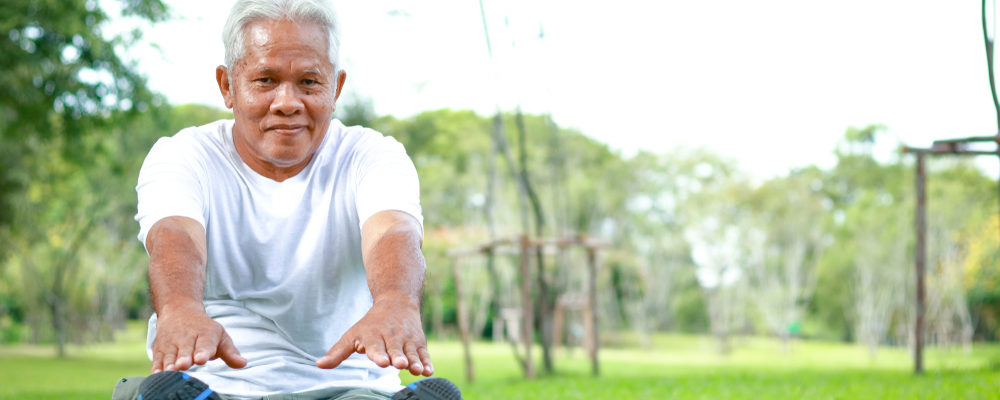Table of contents:
- Recognize dextrocardia heart defects
- Can the wrong position of the heart be dangerous?
- What are the causes of dextrocardia?
- Organ complications associated with cardiac destrocardia
- How do you treat destrocardia?
The heart is a vital organ that supports human life by circulating blood and oxygen throughout the body. The location of the heart is in the middle of the rib cage with the lower end of the heart tending to the left. The position of the heart tilted to the left is also due to adjustments to other important organs such as the lungs and liver. But there is a rare heart defect that causes the location of the heart to shift to the right. This heart defect is known as dextrocardia.
Recognize dextrocardia heart defects
Dextrocardia is a congenital heart defect that causes half of the position of the heart to be on the right and the heart to have an abnormally inverted shape, resulting in the lower end of the heart (apex) to the right. This condition is also often followed by changes in the location of other organs around the chest and abdomen. For example, the position of the heart, which should have been on the right, has shifted to the left because the heart is also in a wrong position.
The condition of dextrocardia can be identified by an abnormal electrocardiogram (EKG) graphic and an inappropriate organ location based on X-ray, CT-scan or MRI examination. It is also extremely rare - at least less than 1% of the world's population has dextrocardia.
Can the wrong position of the heart be dangerous?
It is possible for someone with dextrocardia to live a normal life and stay healthy. But on the other hand, this heart defect also carries its own health risks because some organs are in places they shouldn't be.
In addition to positional abnormalities, several anatomical abnormalities of the heart may also occur if a person has dextrocardia, including:
- Abnormalities in the channel of the aortic blood vessels to the right ventricle (chamber) which should go to the left ventricle
- Missing or incompletely formed heart wall abnormalities
- The heart has only 1 ventricle, which should have two left and right halves
- Vascular transposition - where the aortic vessel (which carries blood throughout the body) switches positions with the pulmonary artery (which carries blood to the lungs)
- Defective ventricular wall defect, characterized by a hole.
What are the causes of dextrocardia?
Dextrocardia is a disorder that is present at birth and has no known risk factor. However, this condition is thought to be caused by an autosomal recessive gene in the formation and placement of human organs. The recessive genetic inheritance that gives rise to this condition will not appear unless a child inherits the same recessive gene from both parents.
Organ complications associated with cardiac destrocardia
Condition invertus site experienced by someone with dextrocardia can be accompanied by organ malfunction. This creates a syndrome heterotaxy namely a collection of various disorders due to several important organs not working normally. This is characterized by several disturbances including:
- The lymph glands are not perfect, resulting in decreased immunity and are more susceptible to infection, especially in infancy
- Indigestion due to abnormal bile secretion system and intestinal structure and position incompatible with the digestive tract
- Impaired blood vessel function
- Lung infections due to cilia or hair on the inside of the lungs cannot filter air and germs that enter the respiratory tract
- Lung function disorders that cause difficulty breathing and distribute oxygen throughout the body, which can cause growth problems
- Impaired liver function characterized by symptoms of jaundice, a condition that changes skin color and yellow eyes.
Apart from destrocardia, there are similar conditions in which the position of the heart is shifted to the right but is usually triggered by diseases that occur in the lung, lung membrane (pleura) or diaphragm and have normal ECG activity.
How do you treat destrocardia?
The condition of dextrocardia does not require special handling as long as the condition of the heart and other organs is healthy and can work normally. However, knowing where the heart is on the right is important for caregivers or parents of children with dextrocardia as this information is useful for some medical tests.
Health problems due to dextrocardia heart defects need to be handled specifically, depending on which organs are problematic. Treatment of infection by preventing infection or by taking antibiotics is very necessary for someone with lung and lymph node disorders that are imperfect. In addition, surgery is needed to improve the function of organs that are damaged due to improper positioning.

x




